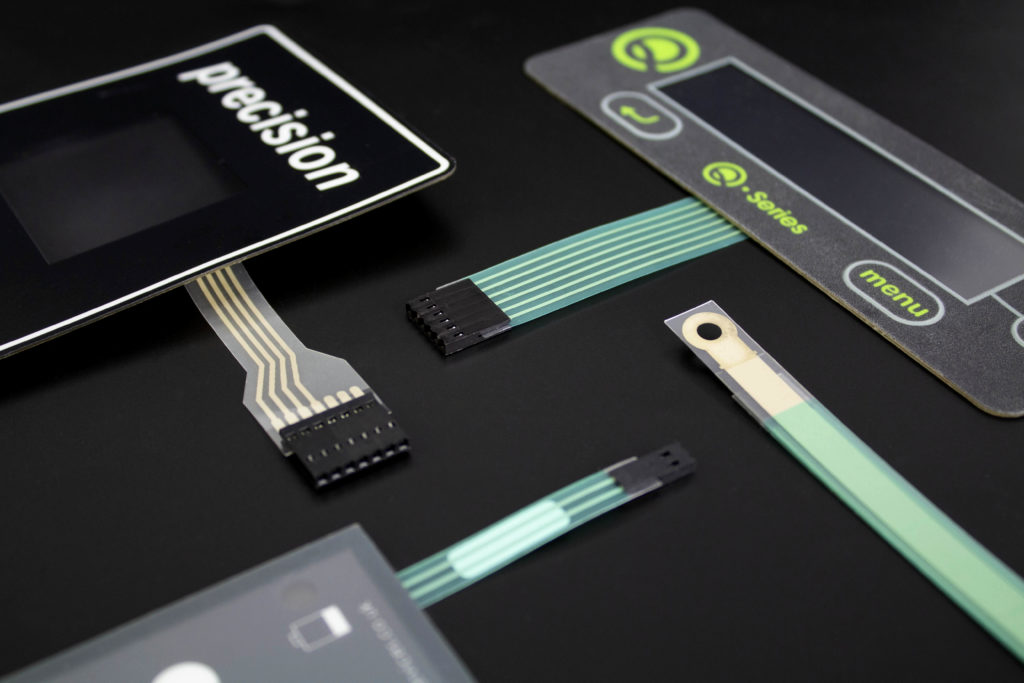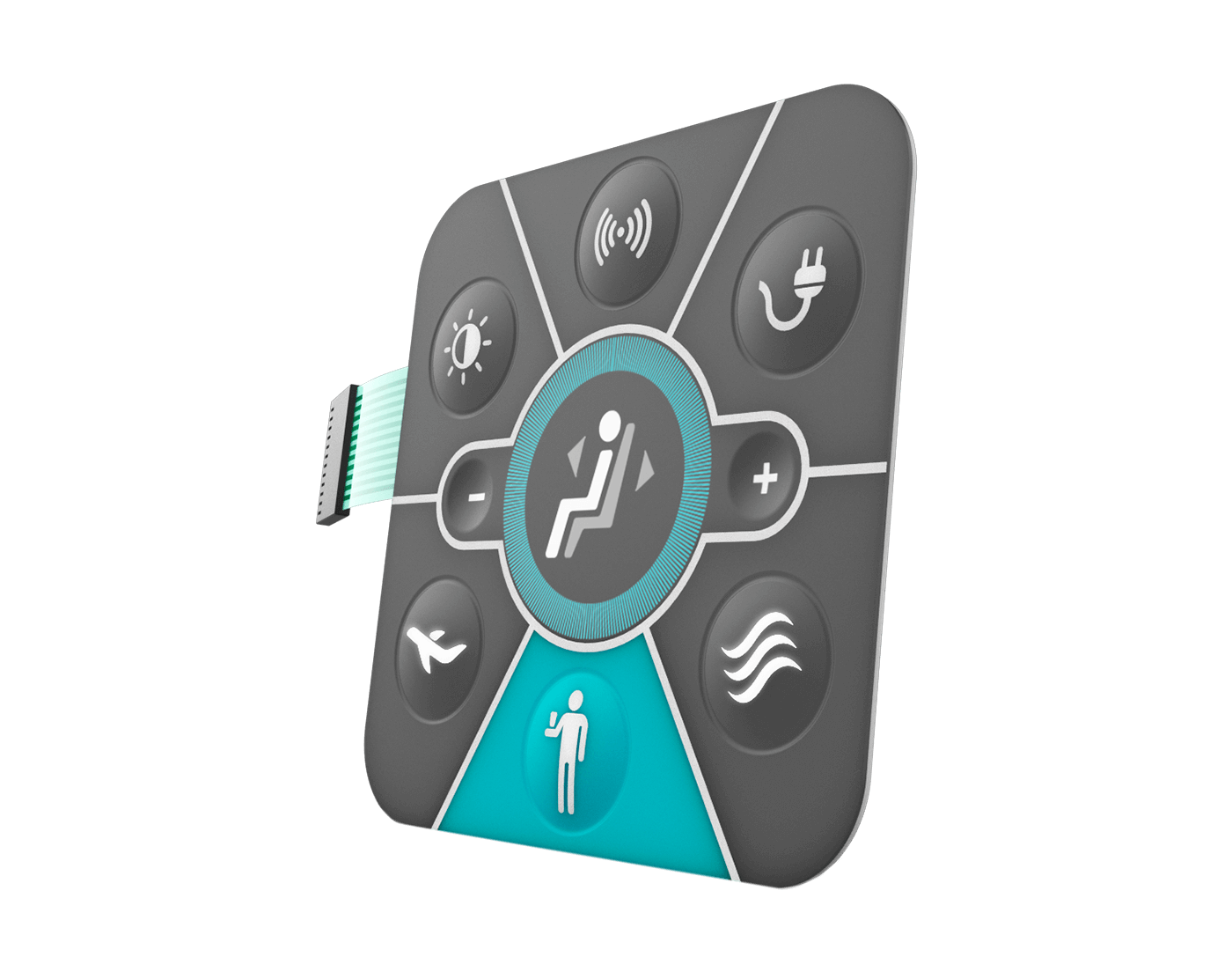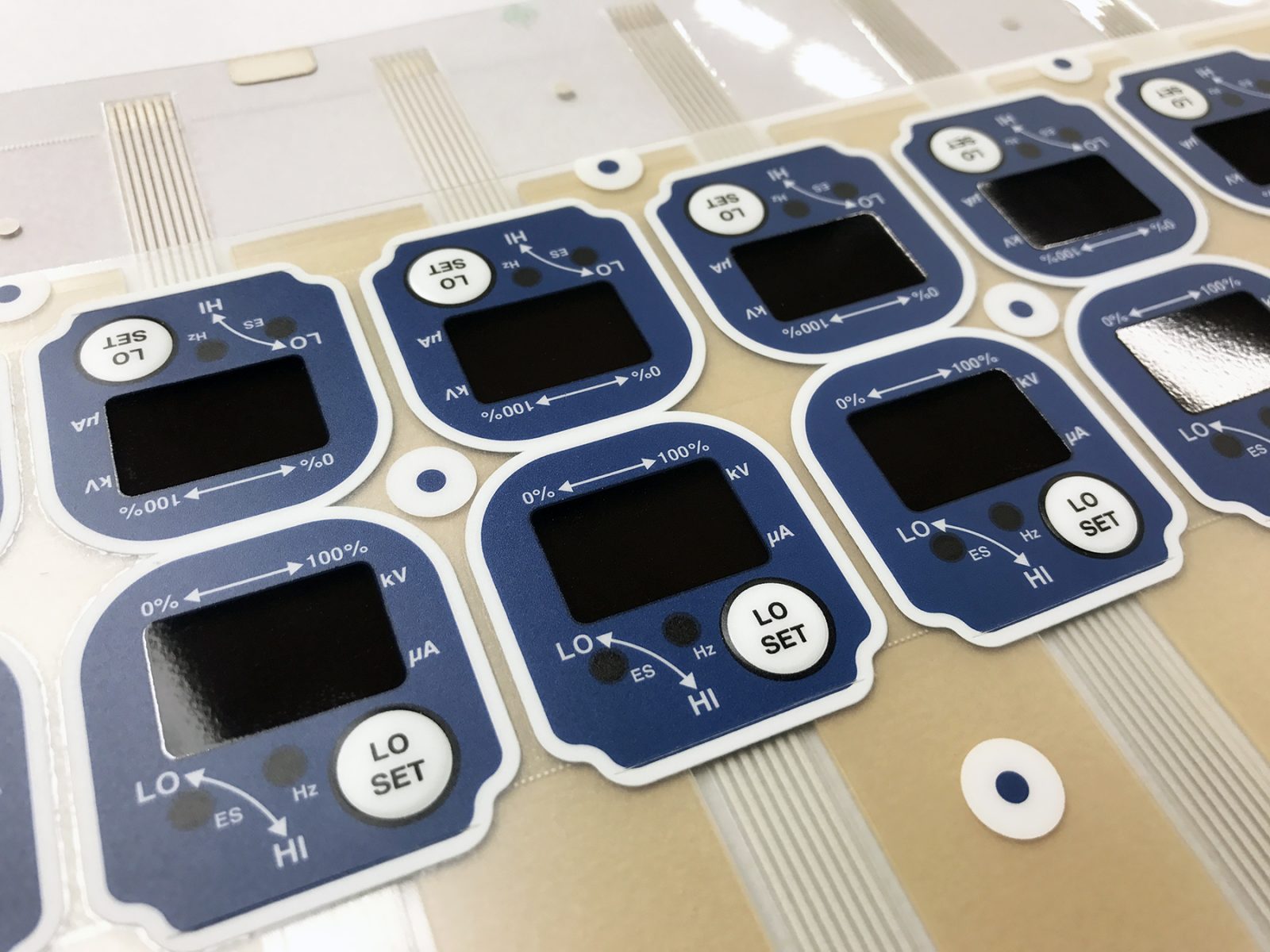Understanding the Technology Behind Membrane Switches
Understanding the Technology Behind Membrane Switches
Blog Article
Comprehending the Relevance of Membrane Switches in Interface
Membrane buttons are essential parts in the design of reliable interface, assisting in not only functionality but also enhancing aesthetic charm and customer communication. Their special functions, such as resistance to adjustable styles and ecological variables, make them appropriate for a varied range of applications across multiple sectors. As we check out the future fads and various benefits related to Membrane technology, it becomes clear that these switches are greater than simply elements; they represent a merging of development and functionality. The effects of this modern technology on individual experience are worth analyzing further.
What Are Membrane Buttons?

The spacer layer, which includes sticky properties, permits for the separation of the circuit layer from the overlay, guaranteeing that the switch remains in a non-activated state up until pushed. When stress is related to the overlay, it presses the spacer layer, connecting the space and completing the circuit in the underlying layer. This design not just minimizes the physical area required for conventional mechanical buttons yet likewise improves the resilience of the tool, as Membrane buttons are generally immune to dust, dampness, and various other environmental aspects.
Generally discovered in applications ranging from customer electronics to clinical gadgets, Membrane buttons are indispensable to modern innovation, supplying a user-friendly and reliable interface that aligns with modern design requirements.
Advantages of Membrane Switches
While numerous switch innovations exist, Membrane Switches offer distinctive advantages that make them particularly preferable in various applications. Among the key benefits of Membrane buttons is their compact layout, which permits space-saving applications in devices where genuine estate is limited. Their slim account not just enhances aesthetic charm but likewise assists in light-weight building and construction.
Another significant benefit is their resistance to environmental aspects. Membrane switches are normally sealed against dampness, dirt, and impurities, making them suitable for usage in requiring environments, such as medical gadgets and commercial tools. This sturdiness expands the life-span of the button, minimizing upkeep prices and enhancing integrity.
Moreover, Membrane switches can be customized to satisfy particular design requirements, incorporating one-of-a-kind graphics and shades that enhance individual communication. Their tactile feedback choices can additionally be customized to give a rewarding individual experience. Additionally, Membrane buttons are cost-efficient, particularly in high-volume applications, as they can be created effectively.
Applications in Various Industries

In the customer electronic devices Get the facts industry, Membrane buttons are common in devices such as microwaves, washing makers, and push-button controls. Their responsive responses and visual alternatives improve customer experience while giving a sleek, modern-day look. Additionally, auto manufacturers use Membrane switches in dashboard controls and infomercial systems, where room is limited, and individual interaction is crucial.
Moreover, the commercial industry leverages Membrane switches in control panels for machinery and devices, permitting user-friendly procedure in commonly severe environments. Their resistance to chemicals and dampness makes certain long life and integrity in these applications. Overall, the versatility of Membrane Switches adds significantly to their prevalent usage, making them crucial in various technical domains.
Design Considerations for Membrane Switches

When developing Membrane switches, numerous crucial considerations have to be considered to make certain ideal performance and customer experience. Firstly, the selection of products is critical; choosing resilient, top notch substratums can improve the button's longevity and resistance to environmental elements such as moisture and temperature variations.
Secondly, the style of the graphic overlay should prioritize clarity and convenience of usage. Symbols and text must be clear, and the layout needs to help with intuitive interaction (membrane switches). Furthermore, responsive comments is crucial; integrating a tactile dome or various other systems can enhance the user experience by supplying physical verification of activation
Another important element is the switch's electrical efficiency. Developers must guarantee that the conductive traces are correctly made to reduce resistance and prevent signal interference. This includes assessing the required actuation pressure and ensuring visit homepage compatibility with the electronic parts they will certainly user interface with.

Future Patterns in Membrane Technology
As technology remains to advance, Membrane switches are positioned to develop dramatically, driven by technologies in materials and making methods. One emerging trend is the incorporation of innovative products, such as conductive inks and versatile substratums, which improve sturdiness and decrease the overall weight of Membrane switches. These materials not only enhance the responsive response yet likewise permit the style of switches that can endure harsher ecological conditions.
Furthermore, the assimilation of touch-sensitive modern technologies is changing standard Membrane Switches right into more interactive customer interfaces. Capacitive touch sensors installed within Membrane button panels can offer a much more responsive and user-friendly user experience, lining up with the expanding need for smooth, modern-day layouts in customer electronic devices.
Additionally, improvements in printing techniques, such as electronic and 3D printing, allow rapid prototyping and customization of Membrane buttons. This adaptability allows suppliers to react quicker to market demands and customer preferences.
Finally, sustainability is ending up being a substantial emphasis, with suppliers discovering green products and procedures. As these trends unravel, the future of Membrane technology promises enhanced functionality, visual appeal, and ecological obligation, solidifying their role in advanced interface across numerous industries.
Final Thought
In conclusion, Membrane Switches represent a crucial element in the design of user interfaces, combining functionality with visual flexibility. As innovations in modern technology continue, the development of Membrane buttons is expected to additional refine user interfaces, driving technology and enhancing functionality in an increasingly complex technological landscape.
Membrane buttons are essential elements in the layout of effective user interfaces, facilitating not only performance but also boosting visual allure and individual communication.Membrane Switches serve as an essential part in various customer interfaces, assisting in a smooth communication between customers and digital tools.While countless button technologies exist, Membrane Switches deal distinctive benefits that make them particularly preferable in numerous applications.In addition, Membrane buttons can be go now personalized to meet certain style demands, including one-of-a-kind graphics and colors that boost customer interaction.In final thought, Membrane Switches represent an important element in the layout of customer interfaces, incorporating functionality with aesthetic adaptability.
Report this page